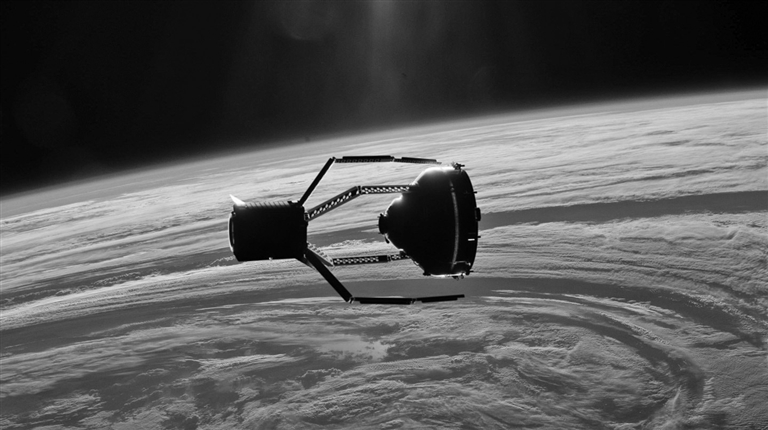
THE European Space Agency (ESA), in partnership with Swiss start-up ClearSpace SA, will launch the first active space debris removal mission in 2025. The ESA inked a US$103 million deal to purchase the unique service, which, in five years, will capture the upper part of a Vespa (Vega Secondary Payload Adapter) from Europe’s Vega launcher. Following the 2013 Vega flight, Vespa was left in what the ESA called a low-Earth-orbit “gradual disposal unit,” in compliance with space debris mitigation regulations. ClearSpace-1 will use agency-developed arm technology (which looks strikingly similar to the claw in those arcade games) to capture the device — about the size of a small satellite. The “claw” will use a pincer motion to collect debris, before giving it a controlled re-entry into Earth’s atmosphere, allowing it to decompose safely and away from life. For 14 billion years, between the Big Bang and the launch of the first artificial satellite to orbit Earth in 1957, space was pristine. But since 1957 humans have placed almost 10,000 satellites into the sky, the vast majority of which are now defunct or destroyed. As of October 2019, the U.S. Space Surveillance Network reported nearly 20,000 artificial objects orbiting Earth, including more than 2,200 operational satellites. And those are just the items large enough to be tracked; there are millions of pieces of tiny debris floating through the cosmos, just waiting to crash into spacecraft. In the past six years, the International Space Station twice narrowly avoided a collision with the remains of old Russian satellites. “ClearSpace-1 will demonstrate the technical ability and commercial capacity to significantly enhance the long-term sustainability of spaceflight,” according to an ESA press release. “With this contract signature, a critical milestone for establishing a new commercial sector in space will be achieved,” the ESA continued. “Purchasing the mission in an end-to-end service contract, rather than developing an ESA-defined spacecraft for in-house operation, represents a new way for ESA to do business.” With a little help from its Ministerial Council, the ESA is purchasing the initial mission; ClearSpace SA will raise the remaining funds through commercial investors. Aerospace and defence company Elecnor Deimos in Britain will design ClearSpace-1’s Attitude and Orbit Control System (AOCS) which will orientate and position the satellite to help grab the space junk, using power generators, thrusters and antennas.(SD-Agencies) | 
